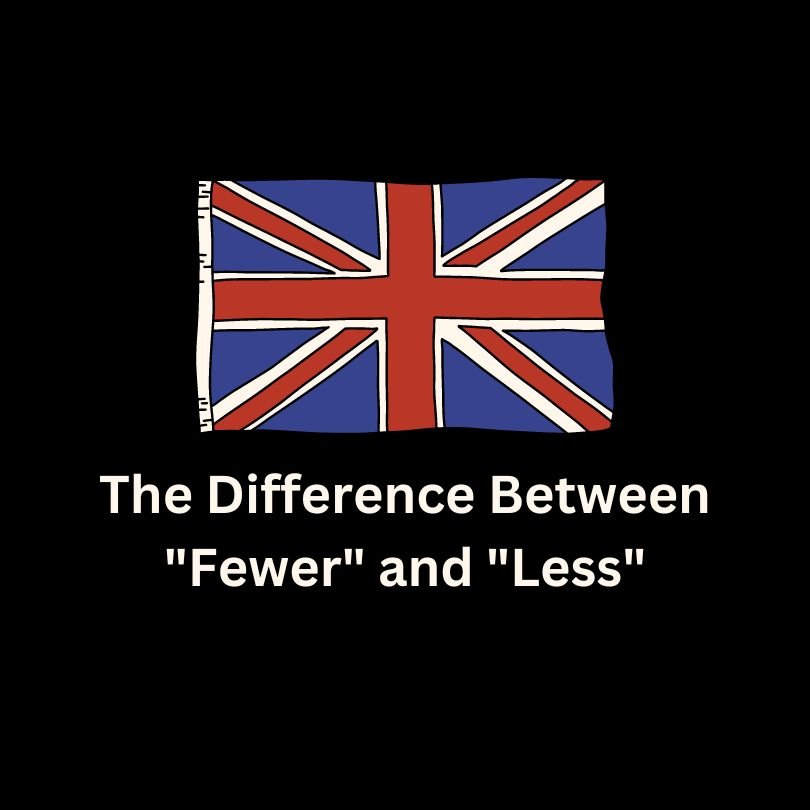Question: What is the Difference Between “Fewer” and “Less”?
Answer:
⇊
—English grammar can often be confusing, especially when it comes to words that seem similar but are used in different contexts. Two such words are “fewer” and “less.” While both are used to indicate a smaller quantity of something, they are not interchangeable. Understanding the correct usage of “fewer” and “less” is essential for clear and precise communication. This article will explore the differences between these two words, provide examples, and offer tips on how to use them correctly.
Fewer vs. Less: The Basic Rule
The primary rule to remember is that “fewer” is used with countable nouns, and “less” is used with uncountable nouns.
Countable Nouns
Countable nouns are items that can be counted individually. They have both singular and plural forms. Examples include “apples,” “books,” “cars,” and “students.” When referring to a smaller quantity of countable nouns, use “fewer.”
Examples:
- She has fewer apples than he does.
- There are fewer books on the shelf.
- Fewer cars were sold this month compared to last month.
- We need fewer students in each classroom to improve learning.
Uncountable Nouns
Uncountable nouns, also known as mass nouns, refer to substances or concepts that cannot be counted individually. They do not have a plural form. Examples include “water,” “money,” “time,” and “information.” When referring to a smaller quantity of uncountable nouns, use “less.”
Examples:
- She drinks less water than he does.
- There is less money in my wallet.
- We have less time to complete the project.
- The new software requires less information to operate.
Common Mistakes and How to Avoid Them
Even native English speakers sometimes misuse “fewer” and “less.” Here are some common mistakes and tips to avoid them:
Mistake 1: Using “Less” with Countable Nouns
Incorrect: There are less people in the room. Correct: There are fewer people in the room.
Tip: If you can count the items individually, use “fewer.”
Mistake 2: Using “Fewer” with Uncountable Nouns
Incorrect: I need fewer advice from you. Correct: I need less advice from you.
Tip: If the noun cannot be counted individually, use “less.”
Mistake 3: Using “Less” with Countable Time Periods
Incorrect: He stayed for less than five days. Correct: He stayed for fewer than five days.
Tip: When referring to countable time periods (days, hours, minutes), use “fewer.”
Exceptions to the Rule
While the fewer/less rule is generally reliable, there are a few exceptions, particularly in informal English and idiomatic expressions. For example:
- “Less” is commonly used with distances, amounts of money, and periods of time, even though they are technically countable. Examples:
- The store is less than five miles away.
- I spent less than twenty dollars.
- We have less than ten minutes left.
Practice Makes Perfect
To master the use of “fewer” and “less,” practice by creating sentences and checking if the noun is countable or uncountable. Here are a few exercises to get started:
Exercise 1: Choose the Correct Word
- There are (fewer/less) chairs in the room now.
- She needs (fewer/less) sugar in her tea.
- We have (fewer/less) assignments this week.
- He spent (fewer/less) than fifty dollars.
Answers:
- Fewer
- Less
- Fewer
- Less
Exercise 2: Correct the Mistakes
- He has less friends now than before.
- The recipe requires fewer flour than we have.
- There are less cars in the parking lot today.
- She has fewer patience for nonsense.
Corrected Sentences:
- He has fewer friends now than before.
- The recipe requires less flour than we have.
- There are fewer cars in the parking lot today.
- She has less patience for nonsense.
Conclusion
Understanding the difference between “fewer” and “less” is essential for accurate and effective communication. Remember that “fewer” is used with countable nouns, while “less” is used with uncountable nouns. By practicing and being mindful of these rules, you can avoid common mistakes and improve your grammar skills. Happy writing!




